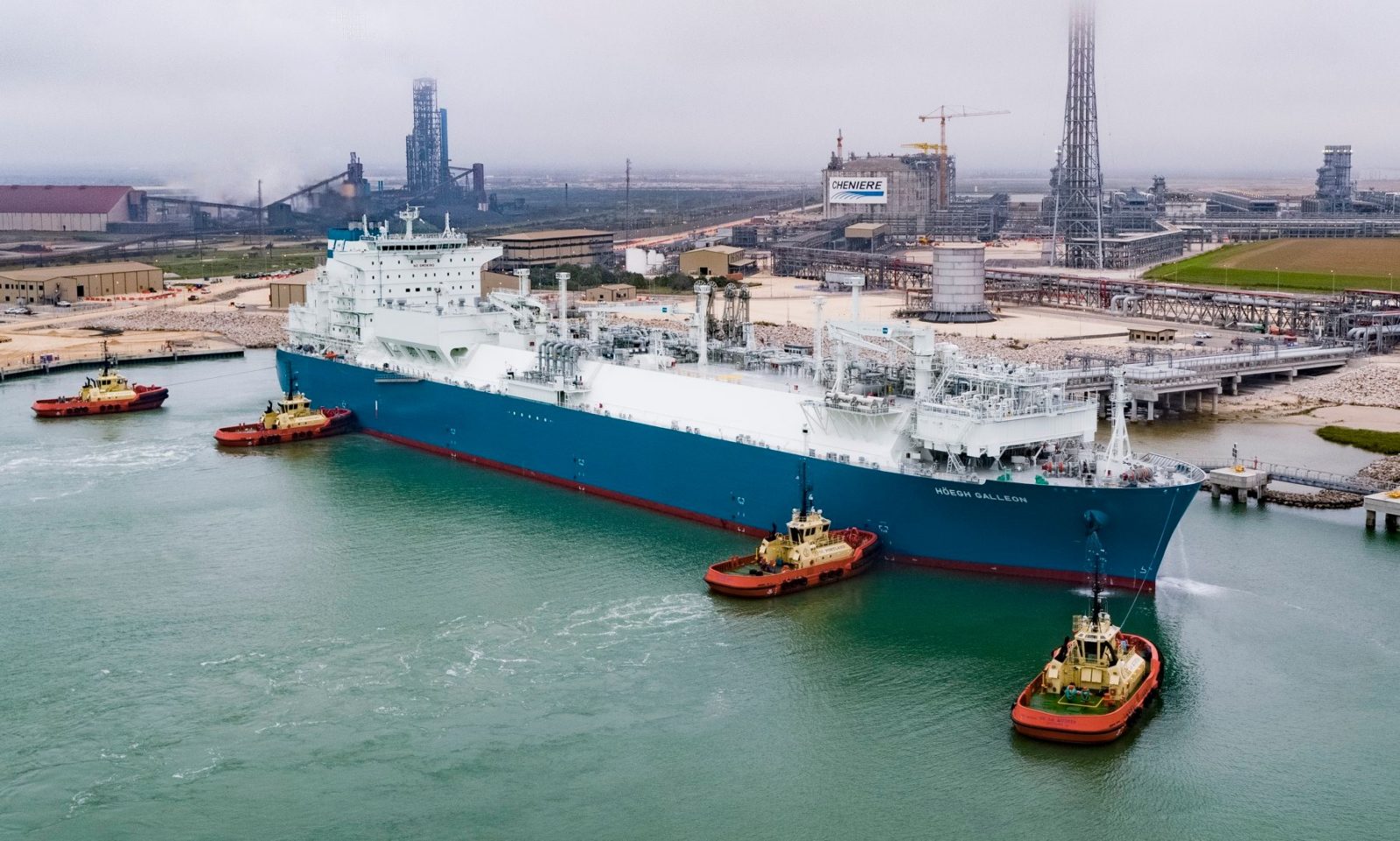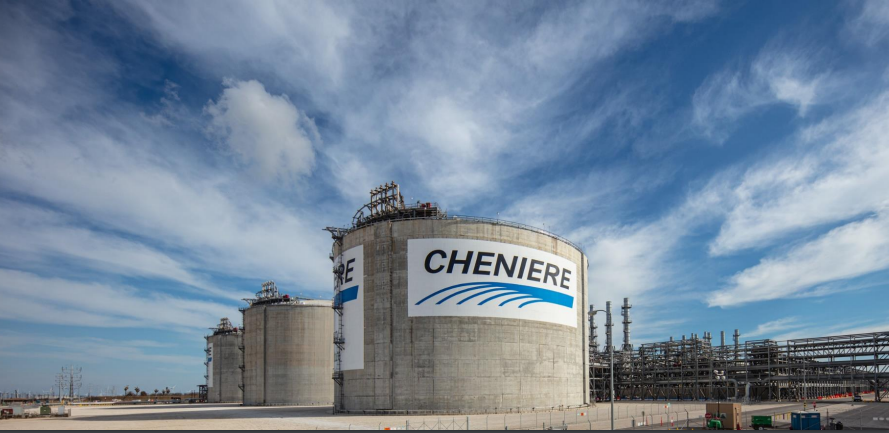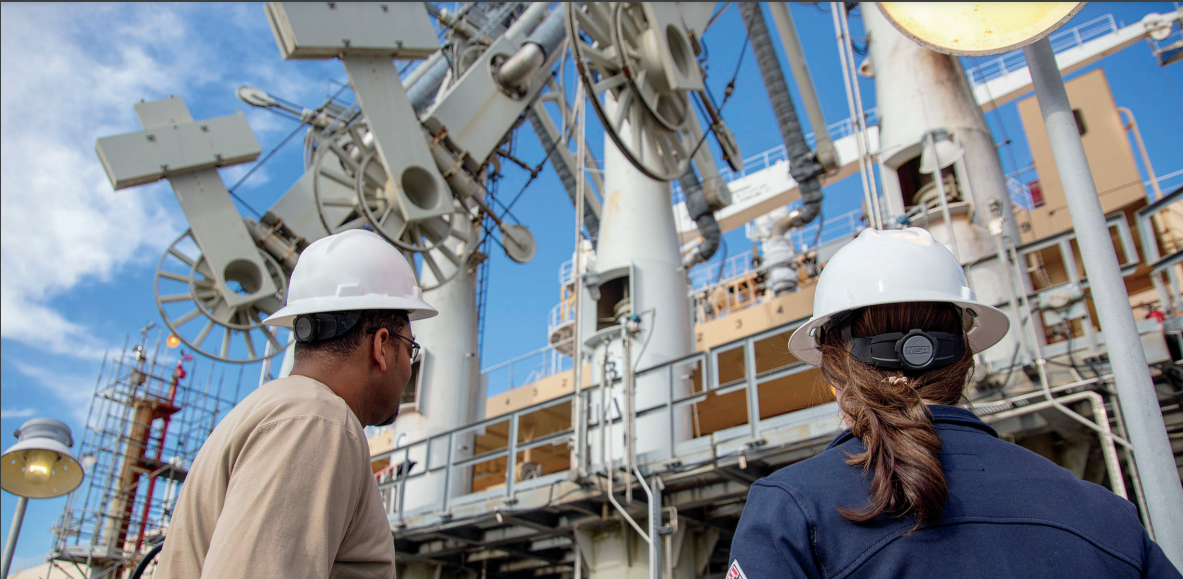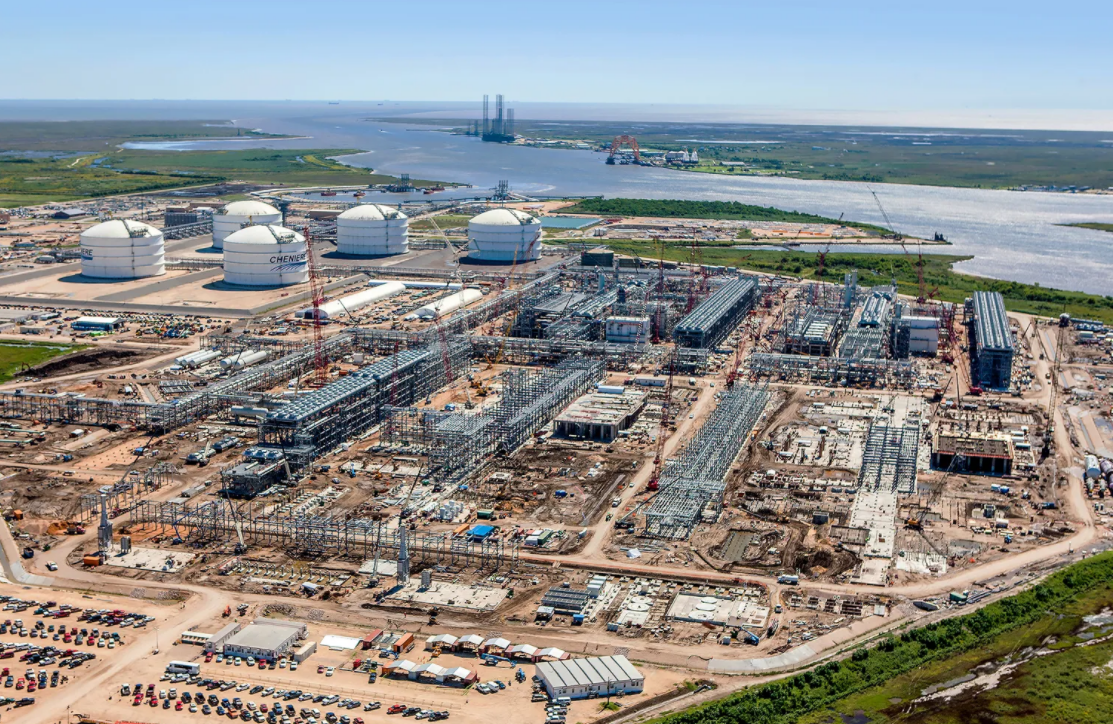Cheniere LNG Crushing It with Global Exports

Germany learned a hard lesson about “energy security.” While it was incautiously buying oil and gas from Russia, Putin began mowing down Ukrainians, which essentially turned Germany’s payments into a war chest. Then Putin made the sleazy request that “unfriendly” purchasers pay him in rubles. Germany called this “blackmail.” Scrambling to wean his country off Russian oil and gas and to diversify energy sources, Germany’s economic minister signed a deal to buy liquified natural gas (LNG) from Qatar, and with the ink still wet, admitted it was a mistake to be so dependent on Russia for energy. Germany would begin phasing out Russian fossil fuel exports, the minister said, and constructing its first import terminals to receive LNG.
Like Germany, other countries are reevaluating their energy independence and turning to LNG. With demand through the roof, the United States ramped-up LNG production. In this, Houston-based Chenier LNG leads the pack as the largest U.S. exporter of LNG. Headquartered downtown Houston, with LNG production facilities at Sabine Pass Louisiana and Corpus Christi Texas and offices in Washington D.C., London, Singapore, Beijing and Tokyo, Cheniere’s 2021 annual report claims it is the largest U.S. producer of LNG and the second largest LNG producer globally.

In November 2021, Chenier LNG’s CEO Jack Fusco looked overwhelmed as he told a CNBC interviewer that demand was “off the charts” and his company’s cargo deliveries to Europe had increased 200% year to date. Fusco predicted higher demand, but he couldn’t predict Putin’s geopolitical jack-assery or President Biden eliminating Cheniere’s permit hassles. Hell-bent on Germany and the rest of Europe pivoting away from Russian oil and gas, Biden greenlighted the Department of Energy’s approval for Cheniere to export its maximum LNG capacity to Europe. Furthermore, Biden announced at the G7 wartime powwow in Brussels that the U.S. will “work with international partners” to boost LNG supply for the European market by at least 15 billion cubic meters in 2022, aiming for 50 billion cubic meters by 2030.
The climate crowd moaned of course, yet Biden was signaling that LNG was an acceptable solution to energy independence. His DOE order stated, “U.S. LNG remains an important component to global energy security” and the department was committed to helping allies and trading partners with energy supplies. Germany, for all its green new deal zealotry, concurred. Multiple LNG suppliers and increased storage volumes were necessary to “govern energy supply on our own state territory and guarantee sovereignty.”
 What’s LNG? In simple terms, natural gas (methane) is cooled and turned into liquid form. Mega-cooled liquefied natural gas shrinks considerably in volume, in fact, gas in a liquid state occupies approximately 600 times less volume than its gaseous state, making storage and transport easier. Liquified gas is transported on a cargo ship called an LNG carrier or tanker. When the liquified gas reaches its destination, a regasification facility like those Germany will build to receive Qatar’s LNG, converts the LNG back to natural gas. Pipelines then carry the gas to contracted purchasers such as utilities.
What’s LNG? In simple terms, natural gas (methane) is cooled and turned into liquid form. Mega-cooled liquefied natural gas shrinks considerably in volume, in fact, gas in a liquid state occupies approximately 600 times less volume than its gaseous state, making storage and transport easier. Liquified gas is transported on a cargo ship called an LNG carrier or tanker. When the liquified gas reaches its destination, a regasification facility like those Germany will build to receive Qatar’s LNG, converts the LNG back to natural gas. Pipelines then carry the gas to contracted purchasers such as utilities.
On February 24, 2016, the carrier “Asia Vision” departed Cheniere’s Sabine Pass production facility with LNG cargo. It was headed to Brazil. Although the U.S had commercially produced LNG for decades, this was the first time it exported LNG. By February 2022, Cheniere LNG had exported 2000 cargoes totaling approximately 140 million tonnes to 37 countries.
It’s fun to drive along the Cameron Parish coast road. Standing at the shore you can look across the water and see large ships in the distance. South of Sabine Pass, a short distance from the Gulf of Mexico, is one of the largest LNG production facilities in the world. The size of Cheniere’s Sabine Pass terminal is due to its 6 liquefaction “trains.” Trains hold the series of refrigerant compressor loops that cool the gas. Near them are immense LNG storage or containment tanks, vaporizers for regasification, marine berths to receive vessels and a 94-mile pipeline that connects to other interstate pipelines. Smaller but hardly puny, Cheniere’s Corpus Christi terminal has 3 trains, storage tanks, marine berths and a pipeline. Its berths accommodate the world’s largest LNG carrier, a 1132 ft. long monster called Q-Max. Cheniere’s Corpus facility is permitted for expansion. New contracts promising delivery through 2042 warrant increased production capacity.
 In 2018, state owned CPC Taiwan knocked on Cheniere’s door needing diversity of LNG supply. CPC was dealing with the fracas of U.S. Iranian oil sanctions because Iran wouldn’t play nice with nuclear. Even though U.S. sanction waivers allowed CPC time to find alternative oil sources, it chose to promptly stop importing Iranian crude, a risky mess. CPC had been buying LNG from Qatar and Australia when it signed a $25 billion 25-year deal with Cheniere, deliveries beginning in 2021. The purchase, CPC’s Chairman said, advanced its objectives of “further achieving diversification of LNG sources and stability of energy supply.” When its cargo split for Taiwan in January 2021, Cheniere avowed it was increasing CPC’s “energy security.”
In 2018, state owned CPC Taiwan knocked on Cheniere’s door needing diversity of LNG supply. CPC was dealing with the fracas of U.S. Iranian oil sanctions because Iran wouldn’t play nice with nuclear. Even though U.S. sanction waivers allowed CPC time to find alternative oil sources, it chose to promptly stop importing Iranian crude, a risky mess. CPC had been buying LNG from Qatar and Australia when it signed a $25 billion 25-year deal with Cheniere, deliveries beginning in 2021. The purchase, CPC’s Chairman said, advanced its objectives of “further achieving diversification of LNG sources and stability of energy supply.” When its cargo split for Taiwan in January 2021, Cheniere avowed it was increasing CPC’s “energy security.”
You can’t be the big cheese of U.S. LNG and supply Poland, China and all those others without gas. Cheniere is the country’s largest buyer of natural gas, purchasing from over 70 producers. CEO Fusco told CNBC the company spends a billion dollars a month on gas. Recent gas supply contracts with EOG Resources and Apache offered sweet terms linked to international LNG pricing and opportunities for the gas producers to partner in sales whereby Cheniere profits from liquefaction and shipping. In 2021, Cheniere inked a supply contract with Tourmaline, the largest gas producer in Canada.
The desire to convert power plants from dirty nasty coal to natural gas has Asia, Europe and South America clamoring for LNG. Gas releases 50% less CO2 than coal. This country is up to its butt in natural gas, with enormous deposits, and is grinding production. According to the American Petroleum Institute, the U.S. is the largest natural gas producer in the world. Every single Bcf produced meets the most stringent standards on the planet.
https://www.cheniere.com/























